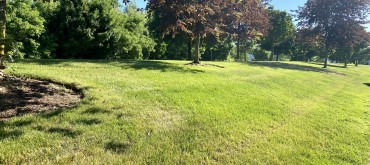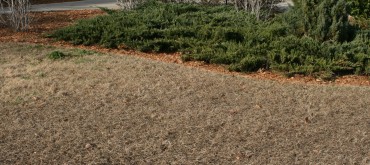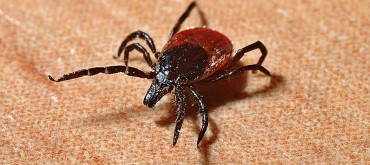Problem
Billbugs are in the weevil family and occur from mid-July to mid-August. The adults are black to grey and are 5-8 mm long. Larvae are small, white and legless with a reddish to dark brown head. Damage begins with small patches turning yellow and dying from young larvae feeding within grass stems and older larvae feeding on the crowns of grass plants. Damage is usually spotty and rarely affects a whole lawn. Billbugs leave behind frass in areas they have been feeding. Damaged area can be confused with drought stress or summer dormancy, so it is important to make sure it’s not an insect to reduce long-term damage.
Solution
The best defence against a bluegrass billbug is a healthy lawn. If your lawn is fertilized regularly, mowed accurately and irrigated properly it will be able to withstand insect feeding. First and foremost, watering deeply but less frequently will allow the roots of your grass to deepen and your lawn will be able to grow new leaf blades as well as repair itself quickly from any insect feeding. One inch of water once a week between 4am to 7am is crucial to maintain active growth. Proper mowing is also very important, you should never cut more than 1/3 of the grass blade off at any time to avoid shocking the grass plant. Keep your lawn around 3” long to make sure your grass doesn’t start using its food reserves, which will impact how quickly it recovers.
If you would like our teams assistance on handling the fertilizing component of your lawn’s needs, you can visit our services page here to get started with an estimate!





